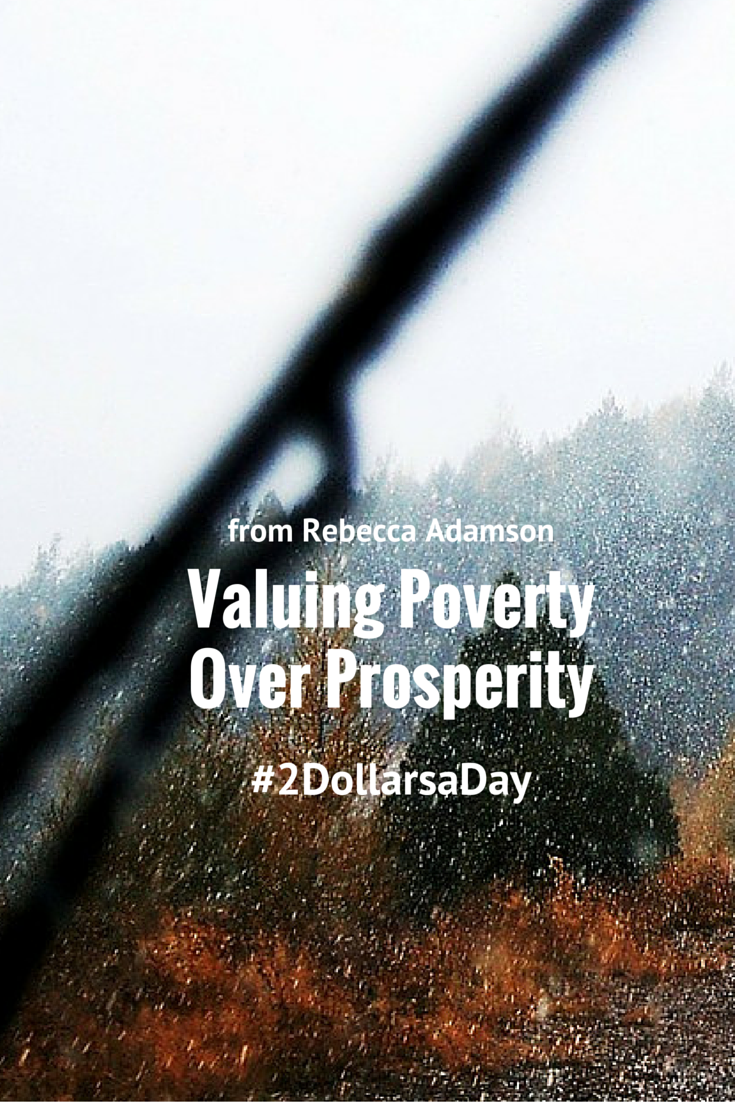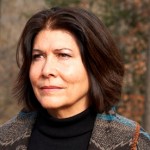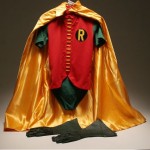Valuing Poverty over Prosperity
Every Society organizes itself socially, politically and economically according to its values. For example, my mother was from the Cherokee Nation, a matrilineal society where women were valued as leaders. Cherokees had a Red Council which was the men’s political forum and a White Council which was the women’s political forum. The Red Council ruled only during times of war and the White Council ruled during times of peace which was the majority of the time. Thus the political leadership of the Cherokees was balanced between men and women to achieve the best decisions for society as a whole. Cherokees valued their children – seeing them as the real and practical future of the Cherokee people. If Cherokee parents decided to separate or divorce there was no social stigma but all of the parents assets, property and wealth stayed with the children to guarantee their well-being.
Today we face unprecedented levels of inequality and poverty so the obvious question to ask would be is this economy really organized according to our values? Do we want only a very few –the top 1% – to be the only part of society that prospers? Do we genuinely value all members of our Society? Can we see prosperity as an emergent property whereby society as a whole prospers – not just a part of it?
How we see the world determines how we act. The Western philosophers, Hobbes, Kant, Rousseau, Galileo, saw humans as engaged in a war with each other over resources, making our lives solitary, poor, nasty, brutish, and short. This view of the individual, fearful, working alone, in competition with others, now dominates Western philosophical tradition.
In indigenous philosophy, we are all related as individuals as part of a kinship-based community and as part of nature in balance with the whole. In most western thought, society is seen as an aggregate of self-interested individuals, connected by competition with each other over limited resources, creating fear, insecurity, hopelessness, a scarcity of spirit.

Indigenous societies see prosperity in nature. Resources are abundant, shared. Collaboration fosters environmental stewardship and balance with nature. In the western worldview, nature is feared, its value based on hierarchy, everything on earth ranked, mineral, plant, animal, with humans at the top, dominating everything below. In the indigenous worldview, humans are an equal part of a vibrant, interconnected whole. Two worldviews; two very different economic systems.
The dominant western market economy, like its worldview, driven by an assumption of scarce resources, intensive centralized production, individuals with insatiable appetites, accumulating. By this standard, the market economy works. Forty percent of earth’s resources are owned by just one percent of the population. The combined wealth of the three richest individuals in the world exceeds the GDP of the poorest forty-seven countries. The world contains only four hundred ninety-seven multibillionaires, while half of its population survives on less than two and a half dollars a day.
The indigenous economy, like its worldview, interdependent, decentralized production, extensive use of resources, promoting responsible resource management, abundance, kinship, a belief in enoughness, encourages sharing and cooperation.
In the Arctic, after a successful whale hunt, Inuit kinship and reciprocal obligations, ensures everyone’s needs are met, fairly and equitably. Prerequisites for sustainability, the health of the economy, measured by the health of the whole, health in the market economy, measured by gross domestic product. The more we produce, consume, the better the economy. Construction of buildings, manufacturing, transportation, all considered positive production, but so is production of weapons, cigarettes, while investments like healthcare, education, are considered costs, negative economic productivity and the impact on GDP on the physical and emotional costs of warfare, or the pollution that threatens one third of the animal species, irrelevant externalities, outside the system, not even making it onto the balance sheet, an unsustainable system, where scarcity of resources is a self-fulfilling prophecy.
There is an alternative. Indigenous People’s territory spans twenty-four percent of the earth’s land surface but is home to eighty percent of its biodiversity. This is not a coincidence. In Indigenous cultures, balance and harmony aren’t romantic notions, but millennia-old designed fundamentals, nature is essential for survival, production from and protection of Nature must be valued equally for economic success to be sustainable. And we must reorganize our economy according to our values of prosperity and well-being for all.
++++++
![]()
![]()
![]()

Rebecca Adamson is Founder and President of First Peoples Worldwide. A leader, activist, and ground-breaking Indigenous woman, Adamson has a distinct perspective on how Indigenous Peoples’ value and economic systems can transform today’s business models. She utilizes the wisdom and paradigms of Indigenous economics, advocacy, and engagement of corporate social responsibility as tools to catalyze change.

 Previous Post
Previous Post Next Post
Next Post